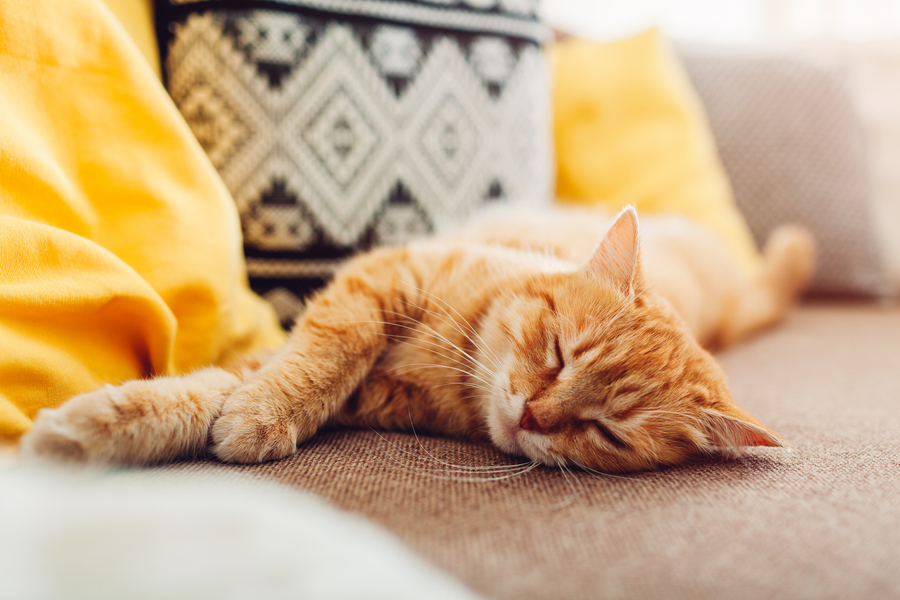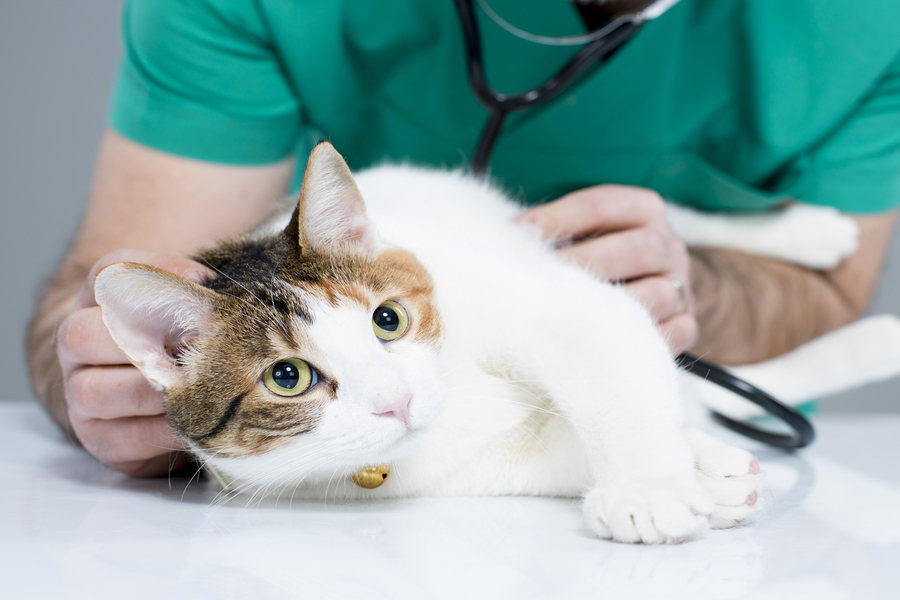
Arthritis in cats
What is arthritis in cats?
Arthritis is a degenerative disease that affects the structure of the entire joint, causing pain and inflammation. Over time, this can lead the joint to weaken and become less stable.
Arthritis may also be referred to as ‘Osteoarthritis (OA)’, or ‘Degenerative Joint Disease (DJD)’.
Did you know that over 60% of cats over the age of 6 show signs of arthritis in at least one joint1?
Understanding Feline Arthritis
Learn more about arthritis in cats - it's causes, signs, and treatment options.

Arthritis - tips for pet owners
Watch our short, on-demand webinar on how to care for cats with arthritis. Hosted by Dr. Sarah Caney, an expert in feline medicine. Duration: 17 minutes.

Interested in learning more?
Download our vet approved, comprehensive overview of feline arthritis and learn more about what changes you can make to improve the quality of life for your cat.
References:
1. L.I. Slingerland, H.A.W. Hazewinkel, B.P. Meij, Ph. Picavet, G. Voorhout,
Cross-sectional study of the prevalence and clinical features of osteoarthritis in 100 cats,
The Veterinary Journal, Volume 187, Issue 3,2011,Pages 304-309





